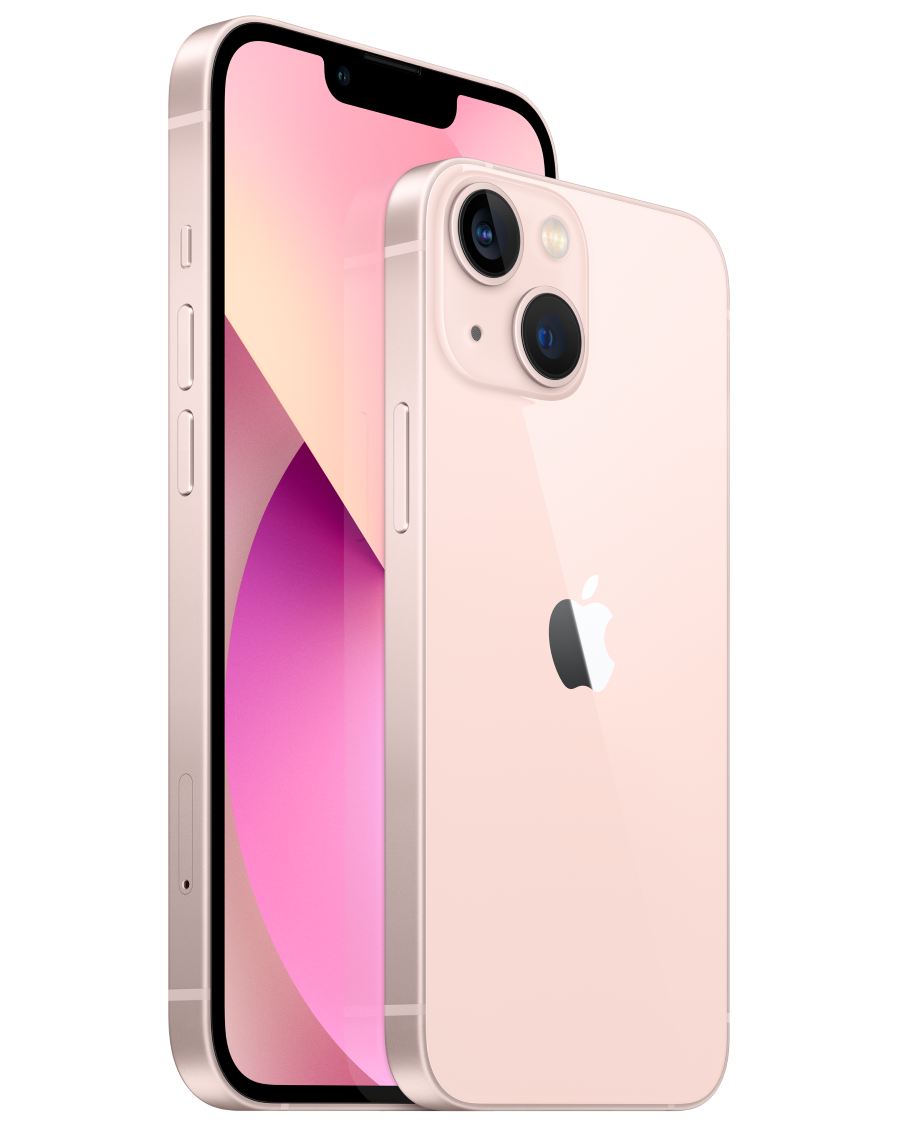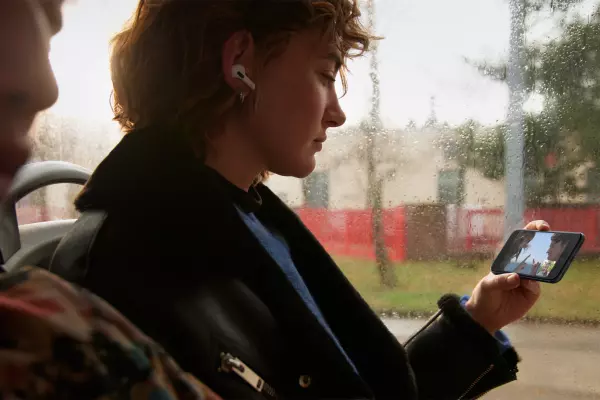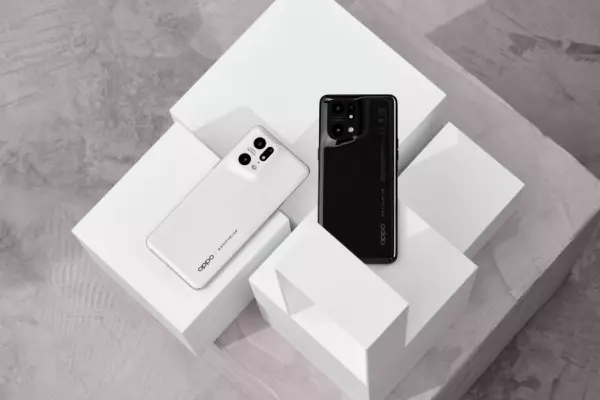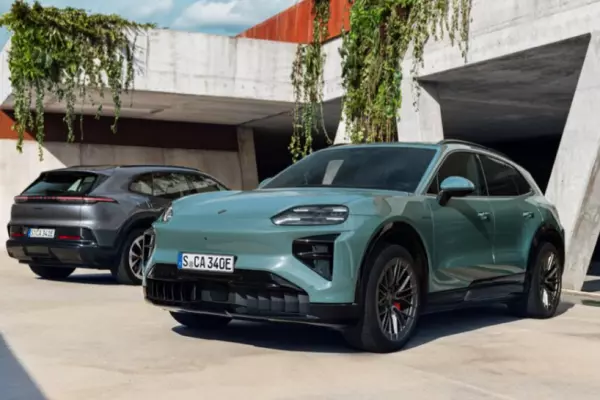Reviewing the latest iPhone often involves a degree of revisionism.
Thanks to the slowing but relentless evolution of smartphone technology, the latest iPhone is always the best iPhone, despite Apple’s careful strategy not to change too much at once.
Instead, it brings technology to its phones a couple of years after Android rivals do so, usually when the features can be better implemented. This year’s Pro models get high-refresh-rate displays for the first time.
We are at the point where if you buy any iPhone Apple currently sells, you can’t really go wrong. The company’s policy of supporting its devices with software updates for at least five years beats anything in the Android world.
But Apple has recently made choosing which phone to buy slightly more confusing by offering four top-tier models, which this year are the $1249 iPhone 13 mini, $1429 iPhone 13, $1799 iPhone 13 Pro and $1999 iPhone 13 Pro Max. These are less than last year’s starting prices, but you’ll pay more across the board if you want more than 128GB storage.
For the second year, there’s only a USB-C to Lightning cable in the box, with no charger and no headphones.
The mini is the smallest, the Max the largest, and the 13 and 13 Pro share dimensions in-between. All are 5G compatible and have slightly smaller notches at the top of the screen.
After a couple of weeks testing all four, I think the best one for most people is the regular iPhone 13 on a balance of price, screen size, and battery life, but if your budget stretches to it, the regular iPhone 13 Pro is technologically superior and lasts even longer on a charge.
All four phones have Apple’s new A15 Bionic chip, which is so powerful you will likely not even make it break a sweat. It’s processing overkill for a phone in 2021, but means it will keep the devices ticking over nicely for several years as software and apps become more demanding.
As a technology journalist, I tend to err greedily towards the premium end of the smartphone market, so before suggesting why the new Pro models should be your next iPhone, I’ll tell you about the standard iPhone 13 devices.
Mini marvel
For the second year running, Apple has made an iPhone mini. Last year’s 12 mini was too light on battery capacity – something remedied this year.
The iPhone 13 mini’s larger battery got me comfortably through a whole workday, coming off charge at 7am and usually having about 30% left by 11pm.
I had none of the battery angst that put me off using the 12 mini, and that trust has me even more smitten with the 13 mini’s one-hand size.
It’s truly tiny for a modern smartphone and is similar in dimension to the pocketable iPhone 5, the last time a flagship iPhone was as small. The 13 Pro Max is an unwieldy brick in comparison.
 iPhone 13 and 13 mini.
iPhone 13 and 13 mini.The 13 mini also enjoys an updated dual-camera system, with the same sensor-shift stabilisation lens tech found only on last year’s most expensive iPhone 12 Pro Max that helps with sharper snaps.
This trickle-down of tech into cheaper iPhones the year after a leap forward – as the iPhone 12 series was last year with its new flat-edged design – is great to see.
The regular iPhone 13 gets all the new camera features, too; in fact, it is the same as the 13 mini save for a larger display and battery.
Both models have premium design, with aluminium sides and glossy glass backs in a variety of colours.
Pro perks
In contrast, the Pro models have lovely matte glass backs, but their stainless-steel flat sides show fingerprints easily.
A good reason to spend more and buy one of the Pros is their high-refresh-rate screens, which are a treat. Android phones from Oppo and Samsung have had this tech for close to two years now.
Most smartphones have (perfectly adequate) 60Hz screens, meaning they refresh up to 60 times per second while displaying any content.
The iPhone 13 Pros can refresh up to 120Hz, meaning scrolling through apps and menus is often literally twice as smooth, but it will require app developers to update their products to be compatible. It looks great when it works, and Apple gets the software to scale the refresh rate down to as low as 10Hz when it’s not needed, to save battery life.
Because the Pros (along with the regular iPhone 13) have bigger batteries than ever, most models can go all day, and then some. Though I could run the 13 Pro down with a day of heavy use to about 20% by bedtime, it never died.
The iPhone 13 Pro Max is a different beast, with a battery that lasted well into two days of solid use before a charger was required. The trade-off is the Max is an enormous, heavy, and undeniably awkward phone to use.
It has the biggest and best screen and battery performance of any iPhone, but whether you go for it depends on if you want a paperweight in your pocket, and if you must have the best cameras possible.
The regular iPhone 13 Pro is the best of all worlds, having the same screen and camera tech in a comparatively svelte form.
The Pros have a third telephoto lens, and a macro mode that lets you take great, sharp close-up images, even at just 2cm from your subject. Overall, it makes for a versatile set-up, with ultra-wide, main, and zoom lenses.
Snap happy
The main upgrade for the cameras applies to all phones in the form of cinematic mode and photographic styles.
The former is a clever but unpolished video mode that gives you better control over where the focus is when shooting. Like the popular portrait mode for stills, it lets you tap to focus on certain parts of the frame, softening the rest of the shot in the process.
It’s also set up to intelligently switch to focus on faces in a frame and tries to lock on to the person talking or prominent, or if one person looks away.
While impressive when it works, it’s still rough around the edges and serves more as a “look, ma!” kind of feature rather than something most people will seek out and use.
 iPhone Pro camera system.
iPhone Pro camera system.Photographic styles are better. For the first time, you can select from five different colour compositions to shoot in. They are called standard, rich contrast, vibrant, warm, and cool.
Unlike filters, which change the colour of an image in one fell swoop, the profiles alter the look of photos to your taste before the shot is taken yet preserve the accuracy of certain parts of the image.
Whereas applying a filter after the fact will render sky, grass, or skin tones inaccurate, these modes keep such colours relatively accurate while changing the look of the photo composition depending on your personal tastes.
You might prefer softer colours where others prefer vibrant, Instagram-ready pops of colour. Now Apple lets you choose, even if the option is a few hidden taps away in the camera app.
Low-light photography across the board on all four phones is also stunning, with software smarts kicking in to give crisp, well-rendered shots, even if they sometimes add more light than was actually there. But four years ago, the iPhone X could not do anything close to this good. It’s a huge improvement.
Small gains
You won’t necessarily have missed these features if they weren’t there, though, which points to the incremental nature of the yearly iPhone cycle these days. The iPhone 13s are all superb, but so were all the iPhone 12 and 11 models.
iOS is now in version 15 and has received a slight visual overhaul. One of the handiest updates is you can finally send people a link to join a FaceTime call from any device, so now your Android friends can join in on group video calls.
A new focus mode lets you set different “do not disturb” profiles for scenarios such as personal, work, and sleep, but I found the set-up so overwhelming (choosing which contacts and apps to allow through to ping me, and when) that I didn’t end up using it.
More clever and useful is live text; take a photo and if it contains any text, you can tap to select in the Photos app and copy, look up, translate, share, and do anything with it, like you would text in an app or webpage.
The 13s are splendid phones that are the best iPhones ever because they contain everything ever other iPhone had before them, plus some subtly excellent little tweaks. Apple can but iterate from here, but it’s no bad things that these are quite like last year’s phones.
If you have a phone that is three or more years old, these are a solid upgrade.















